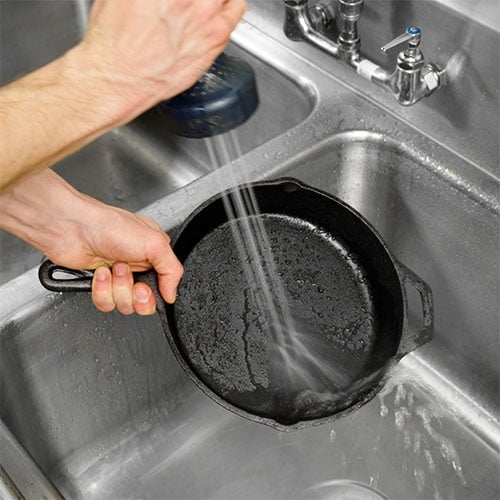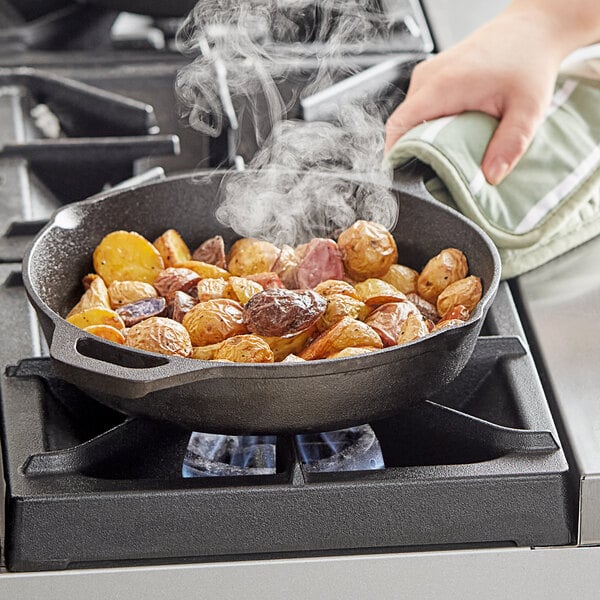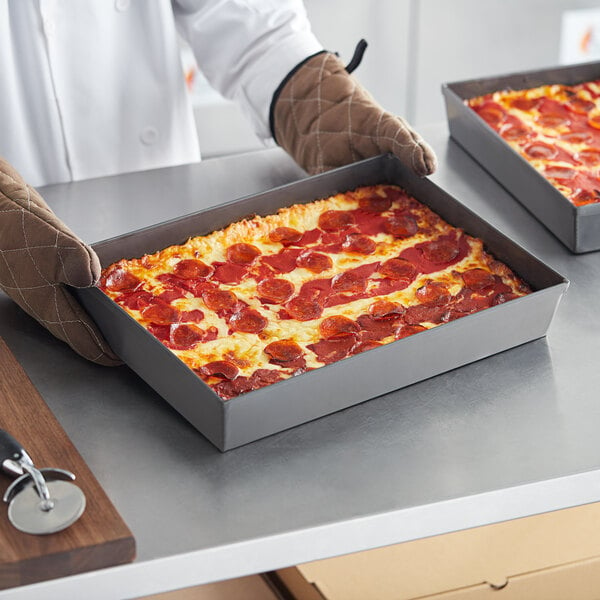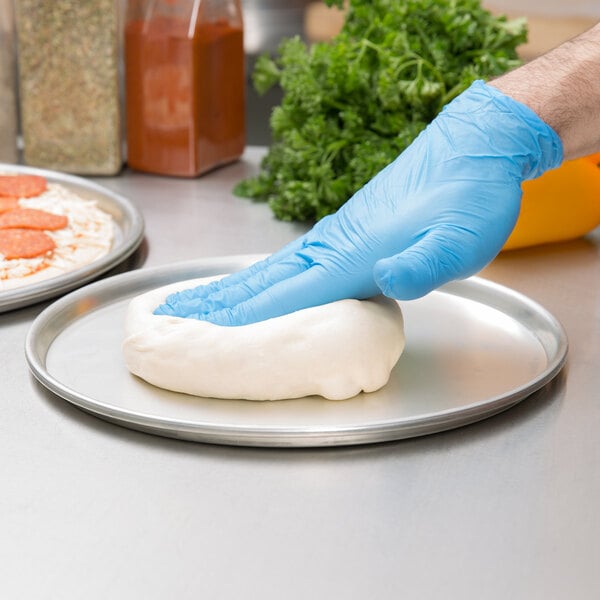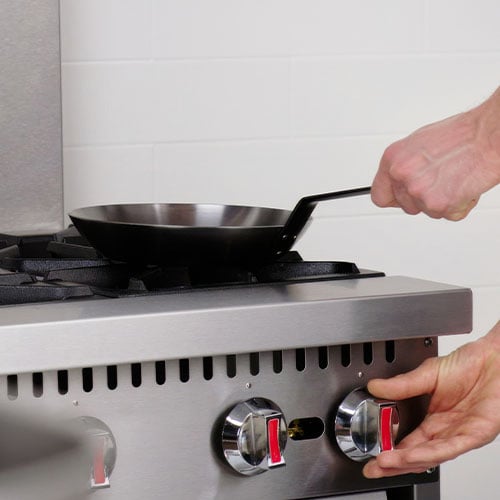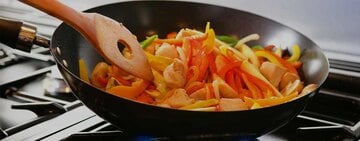Here are some of the most common questions when it comes to seasoning pans:
Do You Need to Season Aluminum Pans?
While aluminum pans do not require seasoning like cast iron or carbon steel pans, hard-coated aluminum benefits greatly from the process. Aluminum is a non-reactive metal, so it does not rust or corrode like iron-based cookware. However, seasoning an aluminum pan can help create a non-stick surface and enhance its longevity.
Do You Need to Season Non Stick Pans?
While traditional cast iron and carbon steel pans benefit from regular seasoning to create a natural non-stick surface, non-stick pans, such as those coated with Teflon® or ceramic, do not require seasoning. These pans come pre-coated with a non-stick surface that eliminates the need for seasoning. However, it is important to follow the manufacturer's instructions for care and maintenance to ensure the longevity of the non-stick coating. If food begins to stick to the pans, seasoning them occasionally can help enforce their non-stick properties. Avoid using metal utensils, harsh abrasives, or high-heat settings that can damage the non-stick surface. Regular cleaning with gentle dish soap and a soft sponge is usually sufficient to keep non-stick pans in top condition.
How to Clean a Seasoned Pan
If your pans have been seasoned properly, cleanup should be relatively simple. Here are some tips for cleaning seasoned cast iron, carbon steel, aluminum, or tin frying pans.
Clean your pans while they're still warm to make the process easier.
All you need to clean a seasoned pan is hot water and a sponge, you should never use harsh chemicals.
Only use cloths or sponges to clean seasoned pans as abrasive scouring pads may scrub away some of the seasoning.
To deal with hard stuck-on stains, use a mild scouring pad only.
After cleaning a seasoned pan, re-apply a thin layer of vegetable oil to the pan.
Store your seasoned frying pans in a cool, dry place to prevent rust.
How Often Should You Season a Pan?
Seasoning your pans is essential for extending their lifespan and making their surfaces non-stick. Be sure to season your frying pans regularly to keep them properly maintained and protected.
Before your first use.
When food starts to stick to the surface.
The surface of the pan starts to look gray.
Rust is starting to form on the surface.
Additionally, you can design a schedule to season your pans regularly to ensure that they never lose their non-stick surface.
How to Reseason Frying Pans
The process of reseasoning pans is the same as seasoning pans for the first time. Simply follow the instructions listed above for the specific type of pan you're reseasoning minus washing the pans in soapy water, which only needs to be completed on new pans.
These steps may be slightly different if your frying pans have started to rust. In this case, scrub the rust away with steel wool or a powerful abrasive and then clean any of the metal dust away. Once this is done, you can use the steps above to finish seasoning the pan.
Back to Top


